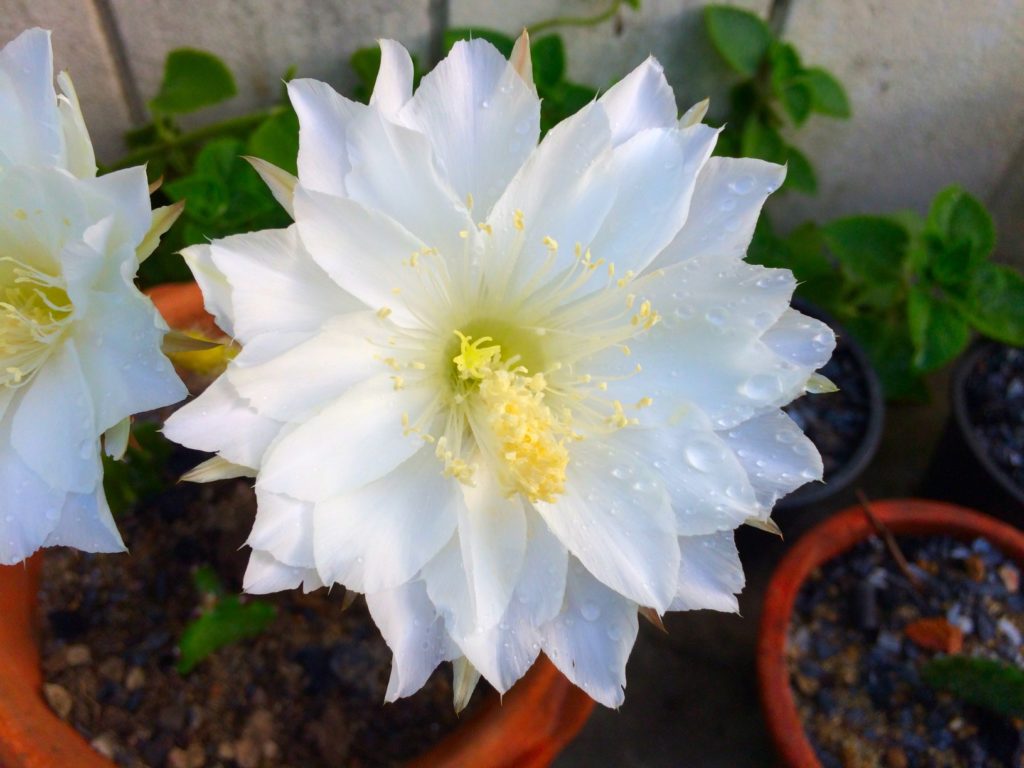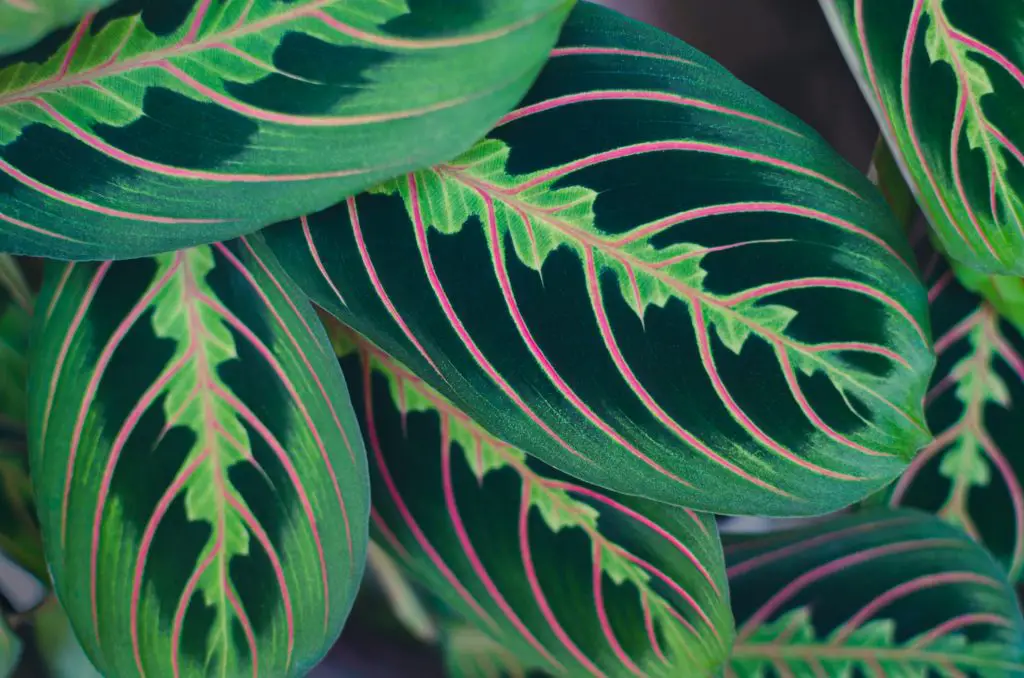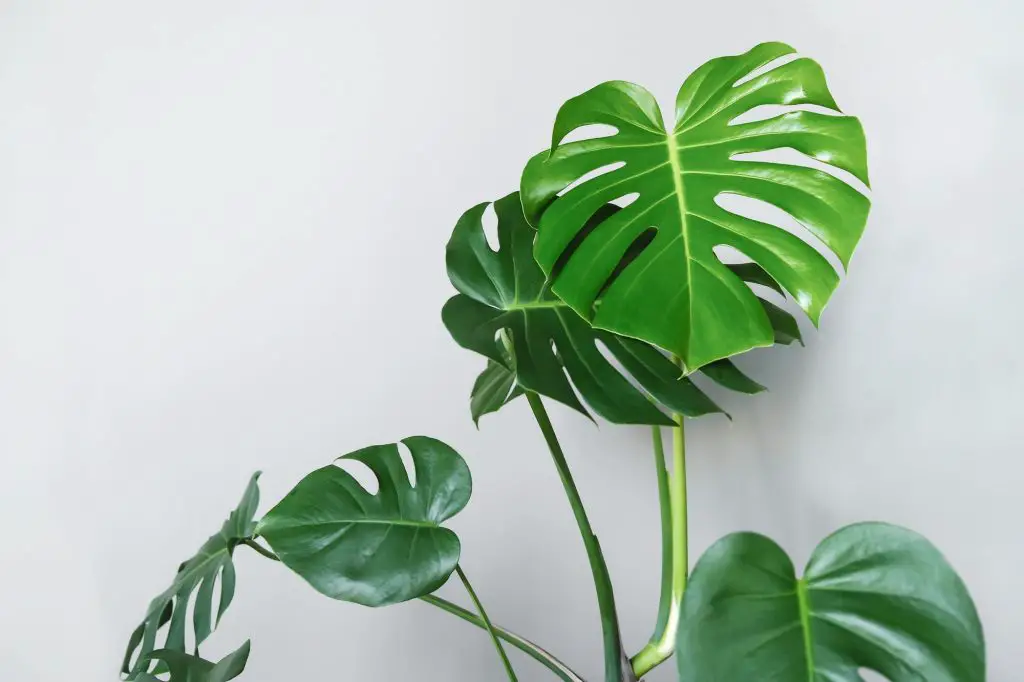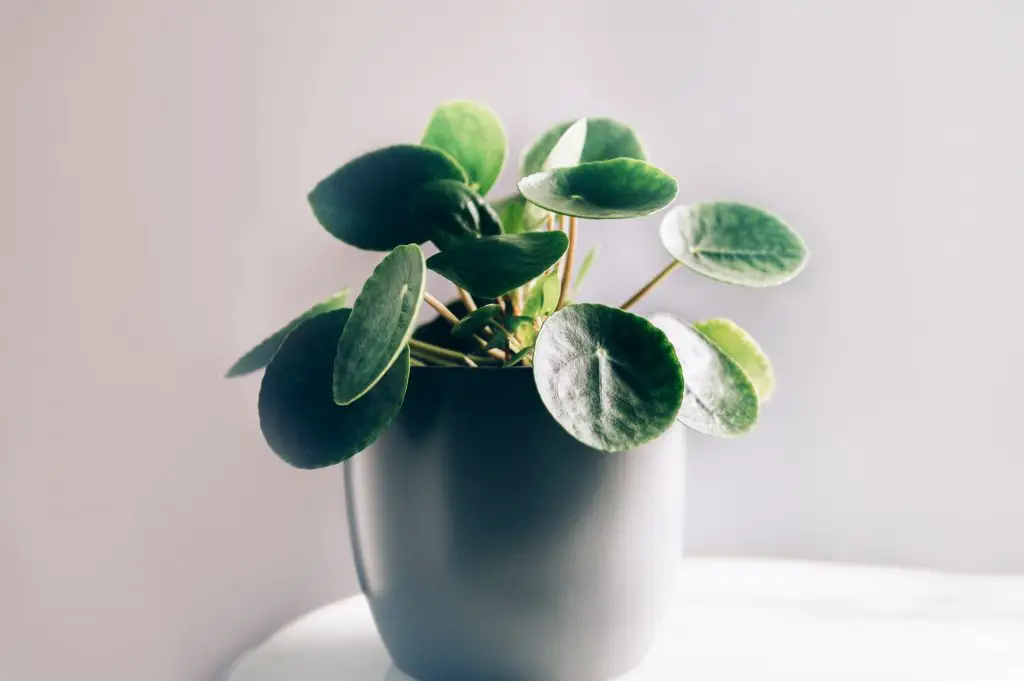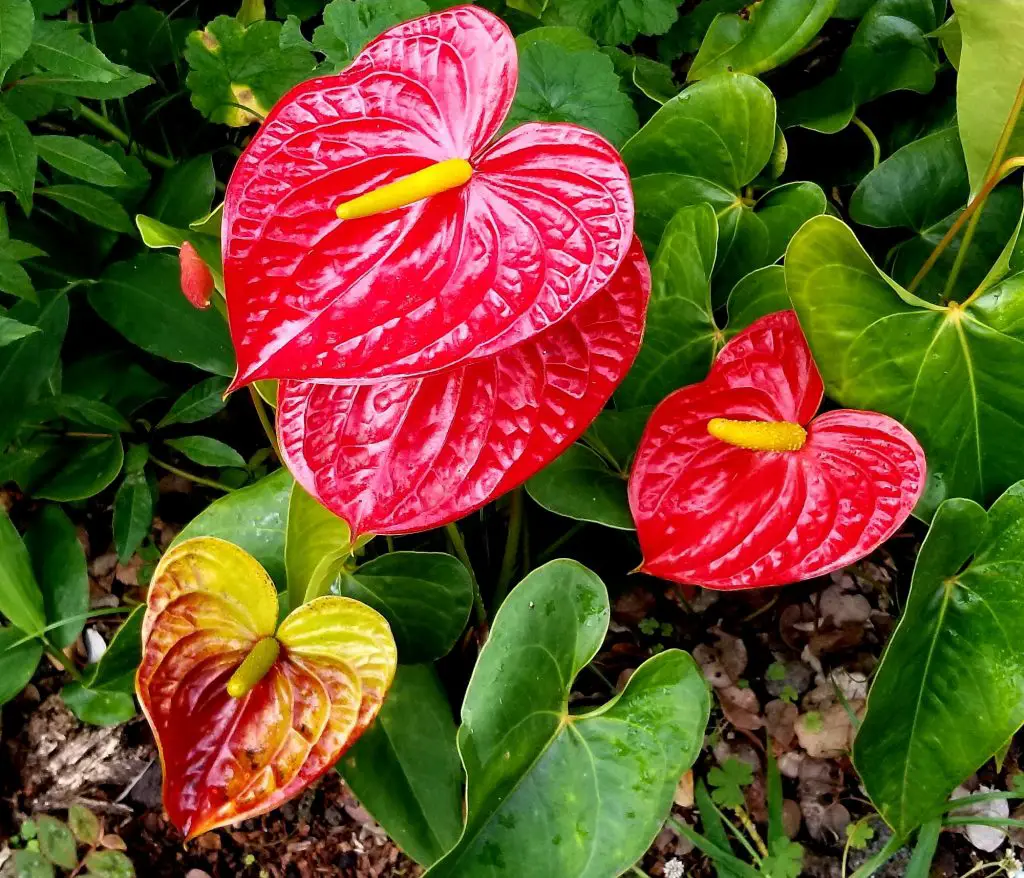Counting your cost, we can agree with many that there is more than one advantage that a flowering plant can give to you.
Growing a flowering plant such as the epiphyllum allows you to have a colorful home with a nice smell. Amazing yes? However, as popular as the epiphyllum is, it is not uncommon to find that many still find trouble growing this rewarding plant healthily. Knowing how useful information on growing epiphyllum can be to you, we have provided a guide on all you need to successfully grow one.
And care for it as we’ve done several houseplants like the Philodendron, Triostar stromanthe, Peperomia, Pothos among a host of others.
Read this: Phalaenopsis Orchid Plant: The Complete Growth And Care Guide
Table of Contents
Epiphyllum Plant Background
| Common name | Orchid cactus. |
| Botanical name | Epiphyllum. |
| Light | Partial shade, indirect light. |
| Soil | Well-drained. |
| Water | Moderately watered. |
| Temperature | 40 to 60 degrees F. |
| Native | Tropical environment. |
| Toxicity | Non-toxic. |
Epiphyllum cactus, also known as leaf cacti, orchid cacti, and climbing cacti can be referred to as an epiphyllum hybrid or a genus. They are native to the tropical environment and they are epiphytes because they are known to take roots and grow in humus pockets of trees, however, not in a parasitic way, but as a host.
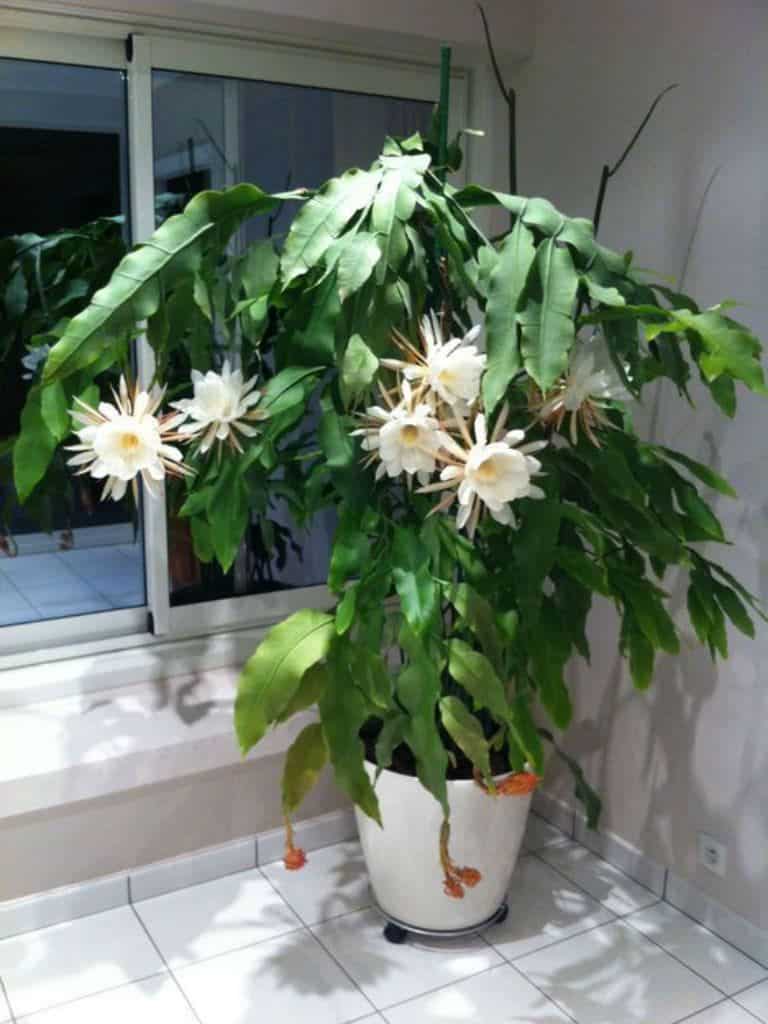
The name “epiphyllum” means “upon the leaf” and this is due to the plant’s nature of flowers coming from the strap-like branches. It is also referred to as orchid cacti because of its flowers. The epiphyllum plant has no leaves but has a stem. The plant has about 19 plants in its species and they are known to produce large, white blossoms that open, especially at night.
The small-flowered varieties of this plant tend to produce a large number of blooms that can last a week or more, however, the large-flowered varieties have few blossoms that many only last a day to three days. The stems of the cactus are flat, about 1 to 5 cm broad and 3 to 5 cm thick.
All over the world, epiphyllum plants are grown for their flowers, those who have had success in growing the epiphyllum plant can attest that this cactus is an easy-growing plant. Although, due to how the various varieties of these plants have come to be, there might be slight changes in the core requirements for each plant.
Although easy to grow, the plant may not be suitable for beginner gardeners because they require attention. A hanging basket is an advisable place to grow them in; this will accommodate the plant’s long, leaf-like stem. We have provided a model of the plant’s natural habitat that can help you to successfully raise an epiphyllum plant.
Epiphyllum Cactus Plant Requirements
The best condition for an epiphyllum plant is one that resembles its natural habitat. Also, you must constantly observe the plant to know how it is faring. Consider it as giving the plant the attention it needs and being there to watch every of its beautiful bloom.
1. Light
Epiphyllum plants do not grow in direct sun, in their natural home, the plant is often seen under the shade of tree canopies. The plant enjoys being placed in indirect light or partial shade. For best result, they can be exposed to morning sun; however, they should be kept away from the high afternoon light. Exposure to direct light can lead to damages to the plant and this can hinder its growth.
2. Water
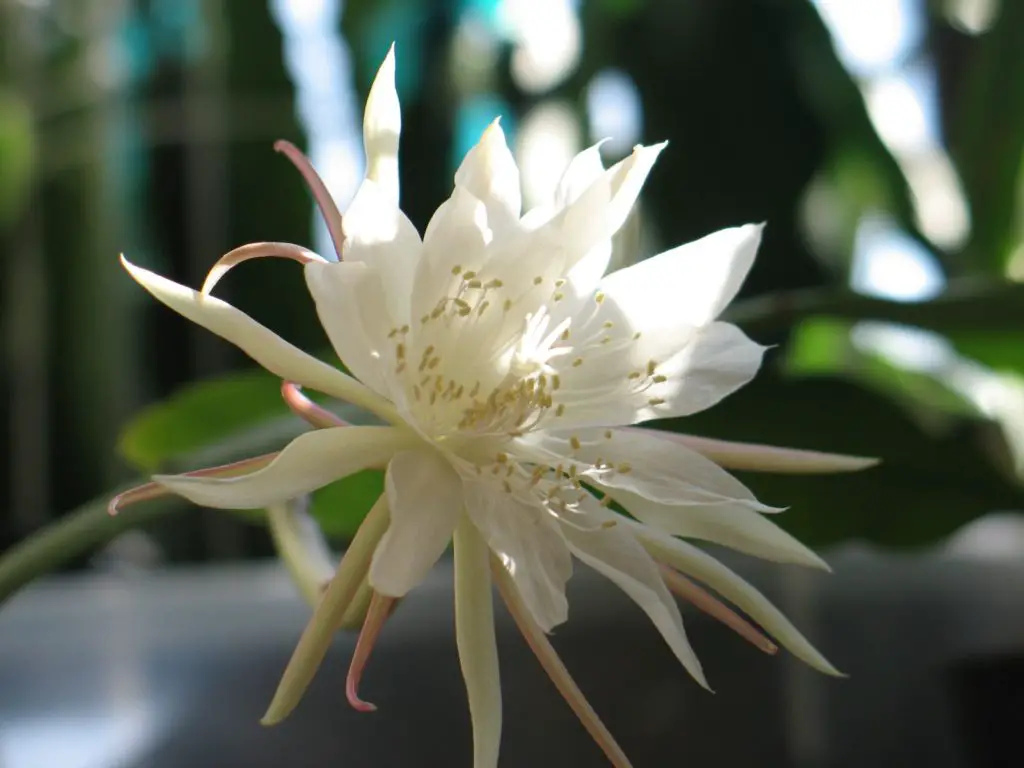
Watering an epiphyllum plant involves caution. The plant enjoys being watered, so it doesn’t become dry but hates being overwatered. It seeks balance. We recommend that you make use of manual watering; this allows you to monitor it. The plant wants its topsoil to be moderately damp, you might want to mist the plant regularly to achieve this and avoid heavy watering. You should also reduce watering during winter.
3. Temperature
Epiphyllum can adapt to a range of weather conditions, however, the plant grows best in between 40 to 60 degrees F. Temperature below 35 degrees F will kill the plant. It enjoys a cool environment and should be exposed to at least 50 degrees F during the winter, to force blooms.
4. Soil
The epiphyllum plant takes its soil business seriously and so should you! We recommend using the basic potting soil with some perlite to aid drainage. You can also grow them in a standard cactus soil with perlite or grit to aid drainage. The most important soil criterion for the epiphyllum plant is that it has to be able to drain water.
5. Fertilizer
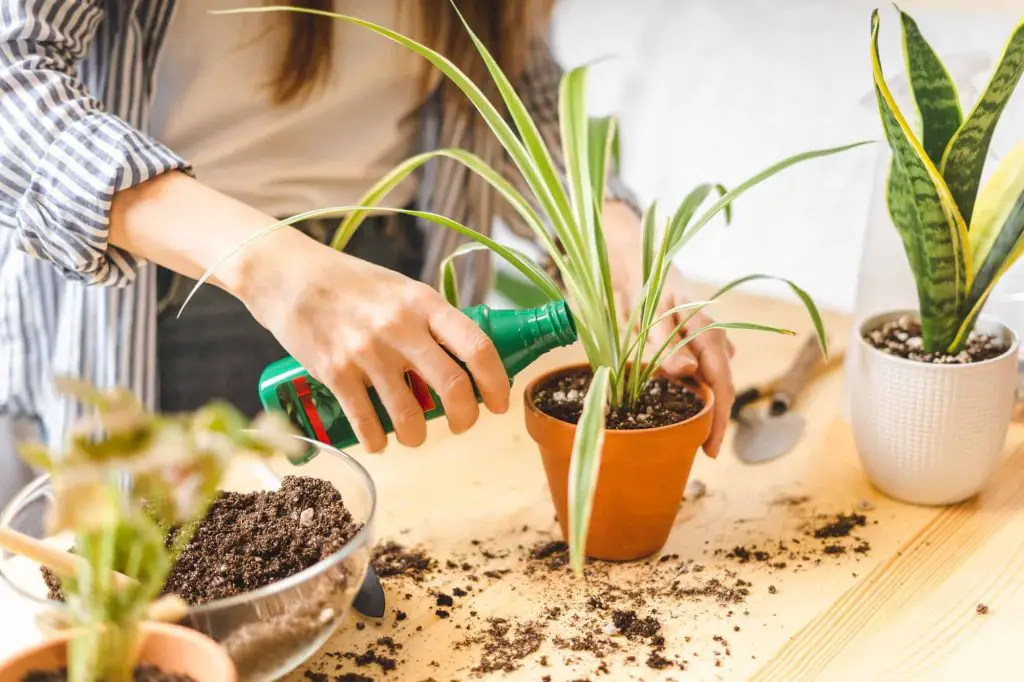
You can decide to amend the soil with some fertilizer that contains less nitrogen or for best result, we recommend using organic matters. Apply the fertilizer once in a month, during the growing seasons, and not late fall or winter. Ensure the fertilizer is diluted before it is applied to your plant. Excess nitrogen as a result of the fertilizer can cause your plant’s stem to grow and reduce the bloom.
6. Humidity
Epiphyllum plants will grow in moderate to the high humidity level. If you live in a dry environment, you might want to create a humidity provider for them, such as misting, peddle trays, or at most, purchase a plant humidifier. They could also be placed in high humidity rooms in your home i.e. Bathrooms and kitchen.
Epiphyllum Plant Propagation
Propagating epiphyllum plants isn’t a difficult task to perform; however, there are instructions you need to follow to get it right or you might be killing your plant even before it grows. The plant can be propagated via leaf-cutting and seed. The following steps have the provided for you to propagate your epiphyllum plant yourself.
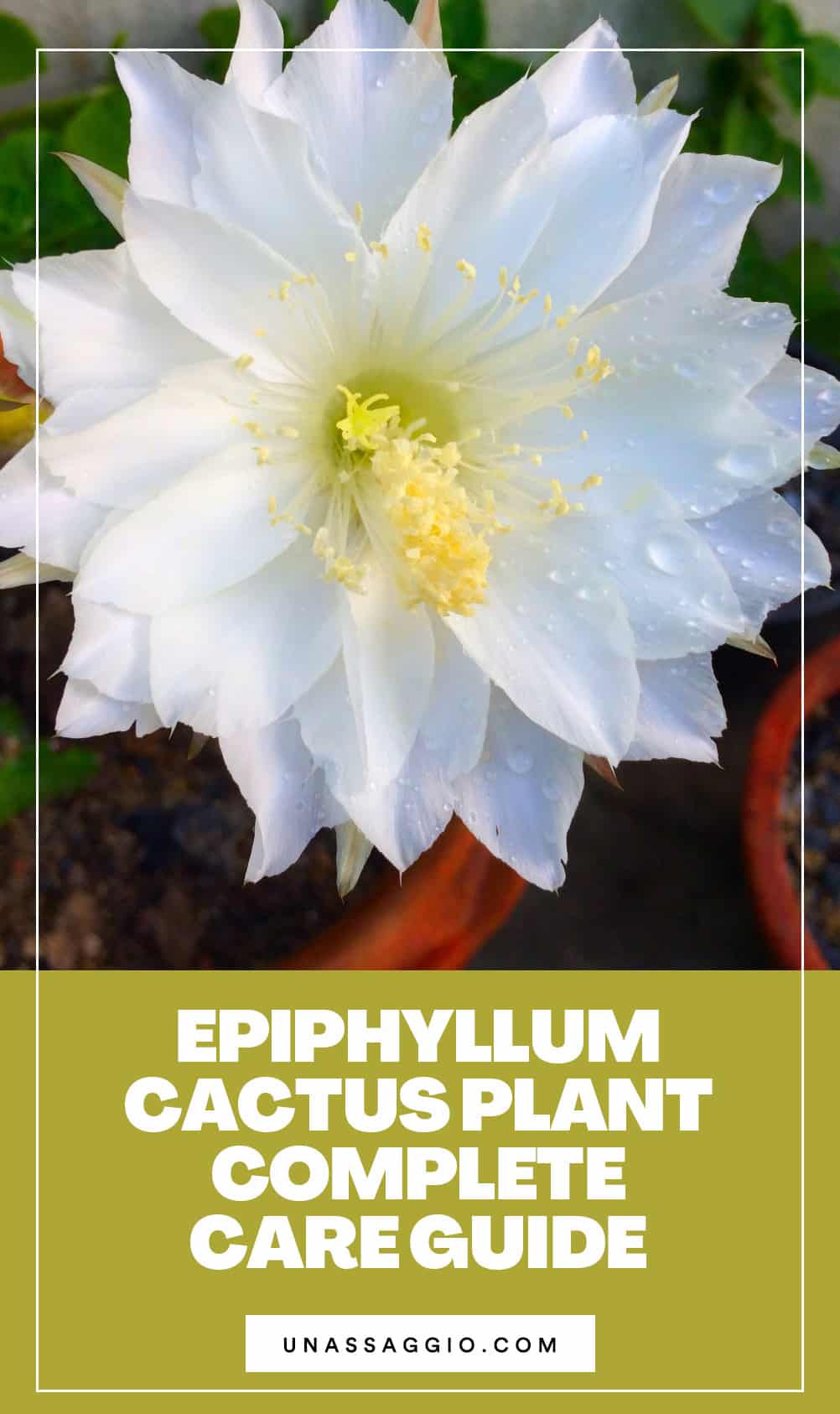
Epiphyllum Cactus Propagation Via Leaf-cutting
- Identify a healthy and mature plant and make your cuttings about 4 inches long, be mindful that your cactus are succulent plants, hence you need to help them develop calluses on the cut ends to prevent them from getting rot.
- After making your cuttings, place them in a dry and cool place for a week or two, until the calluses develop. The presence of the calluses indicates that your cutting is ready to be propagated.
- Prepare your soil, by filling a pot with cactus potting mix, you can also add some perlite to aid in drainage, however, this isn’t very important.
- Dip the calluses ends of your cutting into rooting hormones, then place the cutting about 1 inch down into the soil.
- Do not water your plant immediately or you will be setting your plant up for something else. After a week, water the plant gently or mist the soil with a spray bottle.
Epiphyllum Cactus Propagation Via Seed
- The best time to sow your seed is in summer or spring. Fill a container with cactus mix and scatter the seed all around it.
- Mist the soil with a sprayer and cover the pot with a clear plastic bag and place the container in a place at 70 degrees F.
- Take off the covering once the seeds begin to germinate.
- Separate the seedlings into individual pots. Allow the seed to grow in regular epiphyllum care.
How To Care For Your Epiphyllum Plant
It is not uncommon for mistakes to occur, even though your plant is provided with the right conditions, however, these mistakes can lead to damages for your plant. Below are caring routines/tips that you need for your plant’s health.
- Trimming your plant regularly is of utmost importance. Make use of sterilized blades and take out the dead or rotting growths out or flower death, get rid of it to allow the plant to send more strength for new growth.
- The epiphyllum plant is non-toxic to pets and humans, you can have them around, however, they are not edible.
- The plant can be affected by several infections when it is overwatered. Other fungal infections can also lead to the yellowing of leaves. Monitor your plant to identify the cause of the problem and adjust accordingly.
- Get rid of dead or infected parts of the plant and spray a fungicide on the affected area.
- You mustn’t leave the roots dry. It should be kept moist.
- Most diseases are a result of excessive moisture. It should be watched.
Final Thoughts
The epiphyllum plant is such a pleasant plant to own. Knowing how to grow and propagate the plant will help you keep it for the longest of time. It is important to note that although it is easy to grow in the home, it requires attention. The plant grows beautifully when its entire requirement is met.
Read these next:

